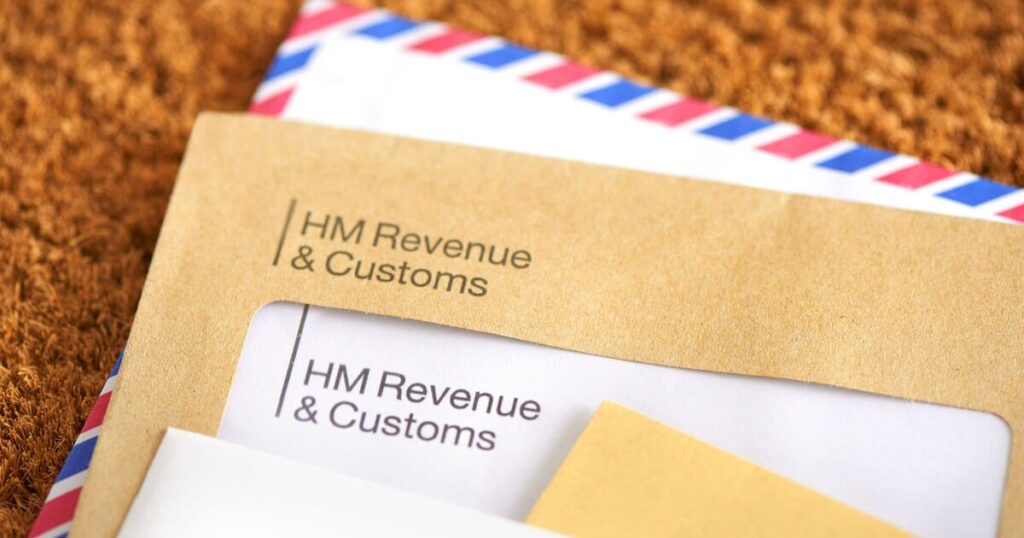
Britons have been urged to check tax codes on payslips, as overpayments average a staggering £700, according to some tax experts.
A P60 is a document that shows you how much income tax you’ve paid over the past tax year (April 6 to April 5). Your employer will usually send it to you between April and May, and experts warn it’s crucial to check the document properly to ensure you’ve been paying the right amount. Swift Refunds’ chief Robert Jones said: “Your P60 isn’t just a year-end summary, it may also be a warning sign. One incorrect tax code and HMRC could be taking too much out of your wages every month.”
Tax codes, which determine how much is deducted from your pay, are crucial for ensuring you’re taxed correctly. If you’re on the wrong code, you might be paying too much or too little.
Tax codes appear on your payslip as a five-digit combination of letters and numbers. The most common code is 1257L, which signifies you’re entitled to the standard tax-free allowance of £12,570.
Other factors, such as receiving employee benefits, having multiple jobs, or being on certain allowances like the marriage allowance, can affect your code.
However, some people can simply be on the wrong code altogether. Mr Jones said: “The average tax overpayment due to incorrect codes is nearly £700, but recent HMRC figures show the real impact may be even higher. Check your P60, especially your tax code.
“If it’s anything other than 1257L, or you’ve switched jobs or had multiple employers, you could be owed money.”
What does my tax code mean?
Tax codes are made up of both numbers and letters. Here’s what the most common letters mean:
- L – Entitled to the standard tax-free personal allowance.
- M – Marriage Allowance: You’ve received a transfer of 10% of your partner’s personal allowance (£1,260).
- N – Marriage Allowance: You’ve transferred 10% of your personal allowance to your partner.
- S – Your income or pension is taxed using the rates in Scotland.
- T – Your tax code includes other calculations, e.g., for income over £100,000.
- 0T – Your personal allowance has been used up, or HMRC doesn’t have enough information to give you a code.
- BR – All income is taxed at the basic rate (usually used if you have multiple jobs or pensions).
- D0 – All income is taxed at the higher rate.
- D1 – All income is taxed at the additional rate.
- NT – No tax is being paid on this income.
- K – You have additional income that isn’t being taxed elsewhere, and it exceeds your personal allowance.
- W1, M1, X – Emergency tax codes. These suggest you may need to update your details with HMRC.
If you check your P60 and find you’ve overpaid tax, you can apply for a refund of the extra tax you’ve paid over the past four years.
If you’ve underpaid, HM Revenue and Customs (HMRC) will usually allow you to repay the owed amount over 12 months, provided you owe less than £3,000.
To check your tax code, look at your payslip, or log into your personal tax account via the HMRC app or website. You can also receive a tax code notice from HMRC by post.
It’s your responsibility to notify HMRC if your tax code is wrong. You can do this by filing it online, writing, or calling 0300 200 3300.
 Latest World Breaking News Online News Portal
Latest World Breaking News Online News Portal






